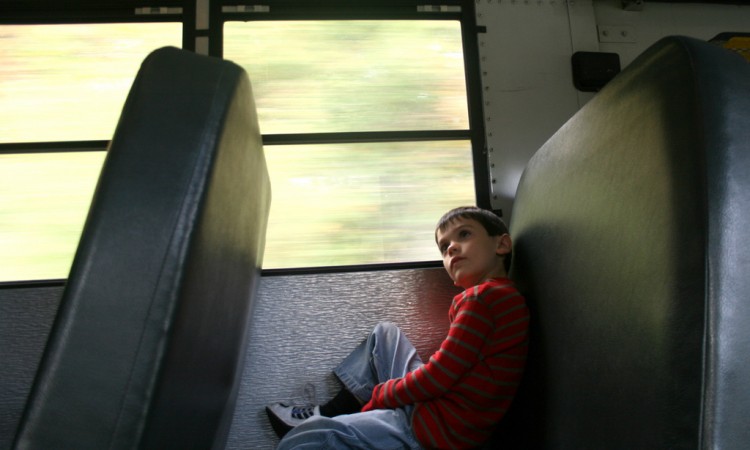Testing Teaches, But What Does It Teach?
I recently talked with a teacher who said she felt stressed and boxed in at school. The problem was a familiar one: testing recently enacted with the Common Core. Standardized testing contributes to a climate of anxiety and fear. This is not just a response to something new, but is inherent in the psychology of such tests. Any test can be stressful, but when students know that their grades, the school standing, and teacher evaluations are based on them, the level of anxiety is raised considerably.
Standardized tests are supposed to assess student learning; but there is no research to show that schools that depend on tests to assess student learning produce better educated people. None. Alfie Kohn and David Perkins provide evidence that argues standardized testing is not simply a means of assessment; it is a method of teaching. What do standardized tests teach? Focus on extrinsic rewards and motivation. Students don’t take standardized tests because they are fun or they have inherent worth. They take them for the grade, because they are forced to or fear the consequences. Fear. Testing teaches students that learning is done out of fear or for future rewards, not for the joy of learning. Learning becomes a means to an end, not the end itself.
Extrinsic rewards undermine intrinsic motivation and the natural joy in learning, according to David Perkins in Smart Schools (1992). In fact, in the landmark book on optimal performance, Flow, Csikszentmihalyi writes that if one gets caught up in learning only for “reaping external rewards for it, one may end up no longer enjoying life, and pleasure becomes the only source of positive experience” (1990, 47). And for students where the schools are underfunded, these tests accent the cruelty of inequality and the pretense that they help create a level playing field.
If one gets caught up in learning only for reaping external rewards for it, one may end up no longer enjoying life, and pleasure becomes the only source of positive experience.
The fight-flight response is actually three related but different responses. One, fight, or turning toward a threat, as in anger. Two, flight, which is fear. Three, freeze, which can be confusion or possibly terror. Fear is an emotion of warning. As such, it has a role in each of our lives but I wouldn’t want fear to be my student’s response to learning. As Daniel Siegel points out in The Developing Mind, fear can undermine clarity of thought and create a biased, limited quality of attention. A fearful person can freeze on a test or turn to anger and aggression. Is this what we want to foster in schools: fear and anger?


Jill Swenson, Ph.D.
The flight or fight response seems instinctual; hardwired into our genetic existence. And yet what makes us anxious seems determined largely by our cultural circumstances. Interesting to read.
Ira Rabois
Thank you for the comment. One addition; the personal as well as the cultural influence not only the triggers but the level of anxiety and possibly even whether we get anxious at all. The internal sensations of the flight-fight-freeze response can seem instinctual in our experience. Yet, I have noticed that with mindfulness practice, I can become aware of the sensations soon enough to let them go before they develop into full blown worry or anxiety.
raedel
I agree totally. We are going backwards using fear as a motivation. This generation will be harmed in ways we can only guess.